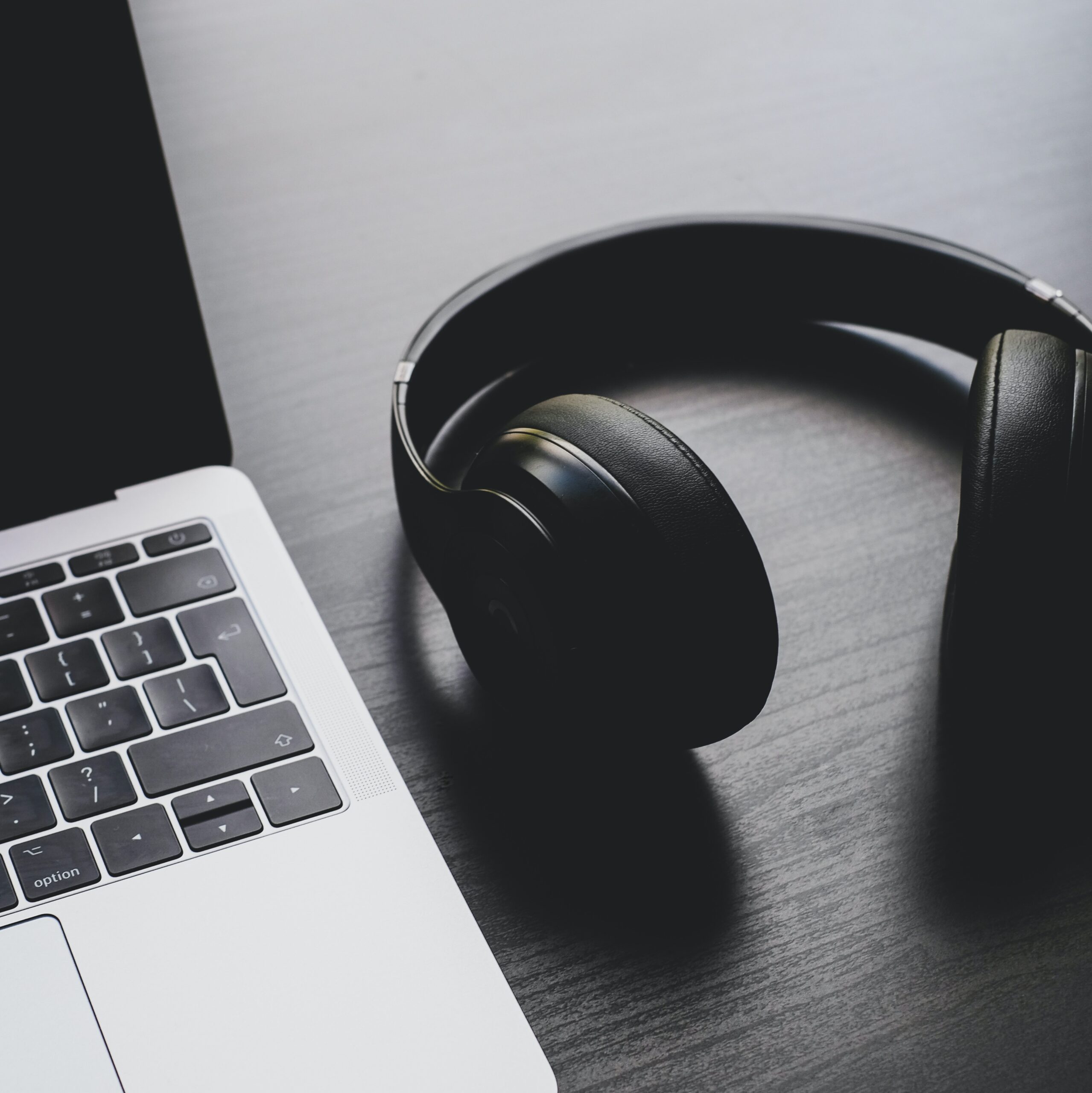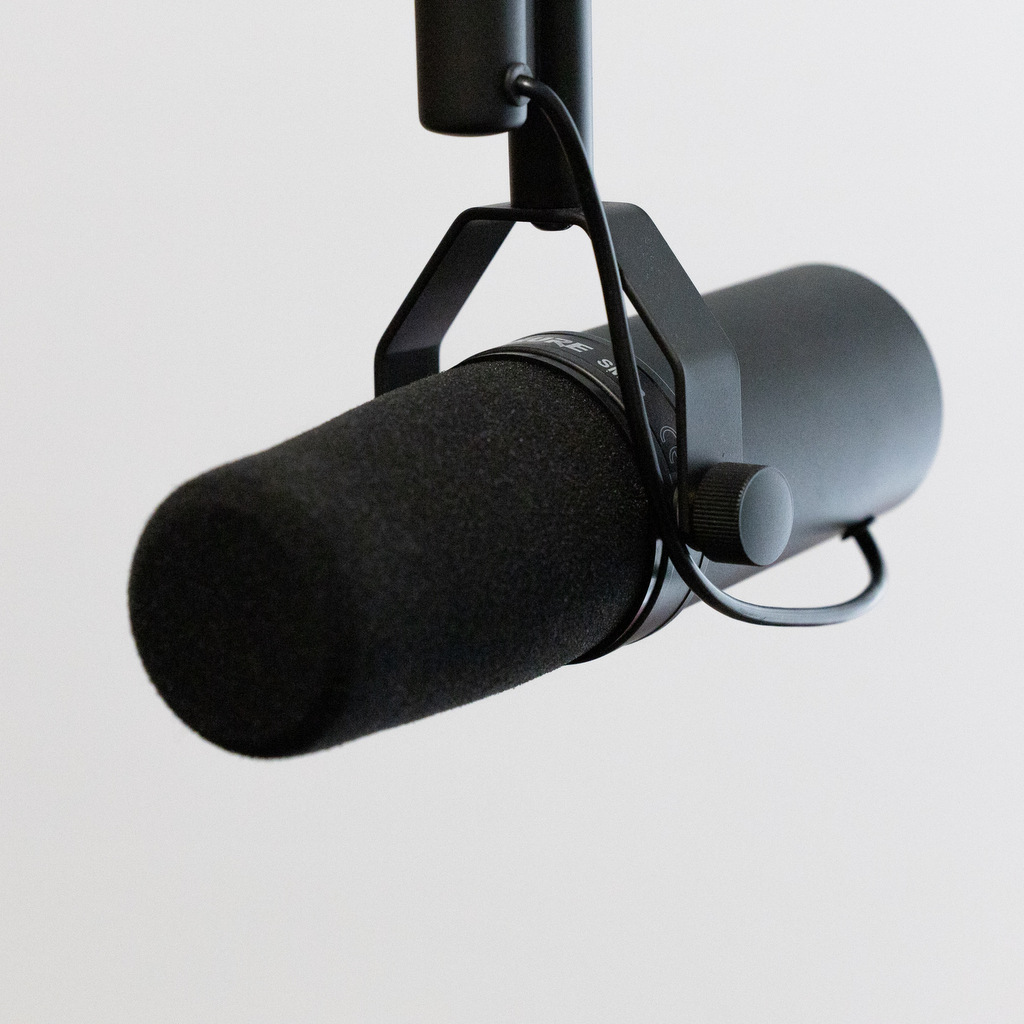10 Tips To Capture
High-Quality Audio Throughout An Interview
These FAQs address the most common questions that people may have when it comes to planning, preparing for, conducting, and analysing interviews for various purposes. These FAQs are applicable to a wide range of industries and situations, such as academic research, radio broadcasting, podcast or webinar hosting, journalism, job interviews, and many others. The information provided also delves into specific aspects of the interview process, including planning for individual or group/focus group interviews, important considerations during interviews, effective questioning techniques and building rapport with interviewees, different interview styles, and the steps to review and interpret the outcomes after the interview has taken place.
Mastering Audio Quality: A Comprehensive Guide for Interview Recordings
In the realm of interviews, capturing high-quality audio is an art that researchers, journalists, podcasters, and HR managers must master. The term “high-quality audio” encompasses clear, distortion-free sound that faithfully reproduces spoken words and ambient nuances. In this article, we’ll delve into strategies and best practices to ensure your interviews are recorded with the utmost audio precision.
Top Tips To High-Quality Audio Recording
#1 Selecting the Right Equipment
Invest in top-notch recording equipment. A quality microphone, headphones, and a digital recorder are fundamental tools for achieving crisp and clear audio. A quality microphone is essential for capturing clear and detailed sound, bringing out the nuances of voices and ensuring a high level of clarity.

When selecting a microphone, consider factors such as sensitivity, directionality, and frequency response to match it with the specific needs of your recording environment. In addition to a microphone, quality headphones play a crucial role in the recording process. They allow you to monitor audio in real-time, ensuring that you capture the desired sound without any unwanted artifacts. Closed-back headphones are particularly useful in isolating the audio being recorded, preventing bleed into the microphone. Investing in a digital recorder with advanced features such as adjustable gain, multiple inputs, and high-quality preamps further contributes to the overall recording quality. These tools collectively create a professional recording setup capable of delivering crisp and clear audio that meets the highest standards.
Example for High-Quality Audio: Consider brands like Shure or Rode for reliable microphones known for their superior sound capture.
#2 Choosing the Ideal Location
Opt for quiet and controlled environments to eliminate background noise. Select spaces with minimal echo, such as closed-off rooms or studios.
The choice of recording location significantly impacts the overall quality of your audio. Opt for environments that are not only quiet but also controlled to eliminate background noise effectively. Closed-off rooms or dedicated studios are ideal choices as they provide insulation from external sounds. Consider the room’s acoustics to minimise echoes, ensuring that your recordings have a clean and polished sound.
To enhance the controlled environment, you can strategically place soundproofing materials such as acoustic panels or foam to absorb any remaining echoes. Pay attention to the ambient noise level, as even subtle sounds can be picked up by sensitive microphones. By carefully selecting the recording location, you set the stage for a focused and undisturbed recording session, providing a solid foundation for high-quality audio production.
Example for High-Quality Audio: Book soundproof meeting rooms for in-office interviews or choose quiet outdoor locations for minimal ambient noise.
#3 Preventing External Disturbances
Minimise potential disruptions by silencing phones, closing windows, and informing colleagues about the importance of maintaining a quiet atmosphere during interviews.
Minimising external disturbances is crucial for maintaining the integrity of your recordings. Silencing phones, closing windows, and communicating the importance of a quiet atmosphere to colleagues contribute to a distraction-free environment. Consider using signs or indicators to signal when recording is in progress, serving as a visual cue for others to maintain silence.
Additionally, explore the possibility of scheduling recording sessions during times when external noises are minimal, further reducing the chances of disruptions. Setting these expectations and taking proactive measures not only ensures a quiet environment during interviews but also minimises the need for extensive post-processing to remove unwanted background noise.
Example for High-Quality Audio: Hang a “Recording in Progress” sign on doors to discourage unexpected interruptions.
#4 Testing Equipment Beforehand
Conduct thorough equipment checks before interviews to identify and address any technical issues. Ensure all devices are fully charged and functioning optimally.
Before embarking on interviews, conduct thorough equipment checks to identify and address any potential technical issues. Test each component of your recording setup, from microphones to headphones and digital recorders, to ensure they are in optimal working condition. Verify that all devices are fully charged and have sufficient storage capacity for the duration of the recording session.
Consider conducting test recordings to check for any unexpected noises or technical glitches. This proactive approach allows you to address issues before they impact the actual interviews, saving valuable time and ensuring a seamless recording process. Regular maintenance and testing of equipment should become standard practice to uphold the quality of your audio production.
Example for High-Quality Audio: Create a pre-interview checklist to systematically go through all necessary equipment checks.
#5 Using External Microphones
For in-person interviews, external microphones can significantly enhance audio quality. Lapel microphones or shotgun microphones are excellent choices to capture clear voices.
In the context of in-person interviews, the use of external microphones can be a game-changer for audio quality. Lapel microphones, also known as lavalier microphones, are discreet and can be attached to the interviewee’s clothing, providing a hands-free option without compromising audio quality. They are particularly effective in capturing clear voices while minimising ambient noise.

Another excellent choice is the shotgun microphone, known for its directional pickup pattern. This type of microphone is highly effective in isolating the sound source, making it ideal for capturing the speaker’s voice while minimising background noise. When choosing an external microphone, consider the specific requirements of your recording environment and the intended use, ensuring that it complements your overall recording setup.
Example for High-Quality Audio: Use a shotgun microphone for on-the-go interviews to focus on the interviewee’s voice and minimise background noise.
#6 Adjusting Recording Levels
Pay attention to recording levels to prevent audio distortion. Set levels to accommodate the loudest parts of the conversation within the optimal recording range.
Paying careful attention to recording levels is crucial for preventing audio distortion and ensuring a balanced sound. Set recording levels to accommodate the loudest parts of the conversation within the optimal recording range. Adjust the gain on your recording equipment to strike the right balance, avoiding both clipping (distortion due to excessively high levels) and excessively low levels that may introduce unwanted noise during post-processing.
During interviews, monitor the recording levels continuously and be prepared to make real-time adjustments if necessary. This active involvement ensures that your audio remains clear and distortion-free, capturing the nuances of the conversation accurately. Properly adjusted recording levels are fundamental to achieving high-quality audio recordings.
Example for High-Quality Audio: Conduct a brief soundcheck with interviewees to determine the appropriate recording levels.
#7 Recording in High-Quality Formats
Choose file formats that preserve audio quality. Formats like WAV or FLAC are preferable over compressed formats like MP3.
The choice of file format is another critical aspect of preserving audio quality. Opt for uncompressed formats such as WAV or FLAC over compressed formats like MP3. Uncompressed formats retain more detail and provide a higher fidelity listening experience. While compressed formats are more space-efficient, they involve a loss of audio data, which can be particularly noticeable in professional settings.
Consider the storage capacity available and weigh it against the desire for optimal audio quality. In situations where storage is not a limiting factor, prioritising uncompressed formats ensures that your recordings maintain the highest level of fidelity. This choice becomes especially relevant when producing content where audio quality is of utmost importance, such as podcasts, interviews, or audio documentaries.
Example for High-Quality Audio: Set your recorder to capture audio in WAV format for the highest possible fidelity.
#8 Interviewee Preparation
Educate interviewees on the significance of speaking clearly and audibly. Encourage them to articulate thoughts and avoid speaking too quickly.
Educating interviewees on the significance of clear and audible speech is a crucial yet often overlooked aspect of the recording process. Clearly communicate the importance of articulating thoughts thoughtfully and encourage them to speak at a moderate pace.

Provide guidance on avoiding talking too quickly, which can result in mumbled or unclear responses. Consider providing interviewees with tips on microphone etiquette, such as maintaining a consistent distance from the microphone and avoiding sudden movements that may cause audio artifacts. A well-prepared interviewee contributes significantly to the overall quality of the recording, making the editing process smoother and the final product more engaging for the audience.
Example for High-Quality Audio: Provide a brief guide to interviewees on effective communication for optimal recording results.
#9 Monitoring During Recording
Continuously monitor audio during interviews. Immediate identification and rectification of any issues can be done, ensuring a smooth recording process.
Continuous monitoring of audio during interviews is a proactive measure to ensure a smooth recording process. Use headphones to actively listen to the audio as it is being recorded, identifying any potential issues such as background noise, microphone malfunctions, or unexpected audio artifacts. This real-time monitoring allows for immediate identification and rectification of issues, preventing the need for extensive post-processing corrections.
Consider having a backup recording or redundant system in place to mitigate the risk of data loss due to technical issues. Regularly check the audio levels and make adjustments as needed, addressing any issues promptly to maintain the quality of the recording. Active monitoring is a best practice that enhances the overall professionalism of your audio production.
Example for High-Quality Audio: Use headphones to actively monitor the audio quality in real-time.
#10 Post-Processing for Enhancement
After recording, use audio editing software to refine the sound. Remove background noise, adjust levels, and apply filters for an enhanced final product.
After the recording phase, post-processing plays a pivotal role in refining the sound and ensuring a polished final product. Utilise audio editing software to remove background noise, adjust audio levels for consistency, and apply filters to enhance the overall quality. Noise reduction tools can be particularly useful in eliminating unwanted sounds, while equalisation and compression can further enhance the clarity and balance of the audio.
Consider creating a standardised post-processing workflow to streamline the editing process. This may include creating templates for commonly used filters or settings to maintain consistency across different recordings. Keep in mind that while post-processing can enhance the audio, it is not a substitute for capturing high-quality recordings from the start. A well-executed post-processing phase complements the earlier stages of recording and monitoring, contributing to a final product that meets professional audio standards.
Example for High-Quality Audio: Adobe Audition and Audacity are powerful tools for post-processing audio.
Key Audio Recording Tips
- Preparation is Key: Test equipment, choose the right location, and brief interviewees for optimal results.
- Continuous Monitoring: Stay vigilant during recording to address issues promptly.
Achieving high-quality audio in interviews demands a holistic approach, involving equipment, environment, and post-production efforts. Remember, the clarity of your recordings can make or break the impact of your content. Embrace these strategies for audio excellence.
Useful Resources
Way With Words is a premier transcription service, ensuring accurate and professional transcriptions for your interview recordings.
Audio Engineering Society is a comprehensive resource for audio professionals, offering insights into the latest technologies and best practices.
The Podcast Host is a platform providing valuable insights and tips for podcasters, including advice on audio recording.
